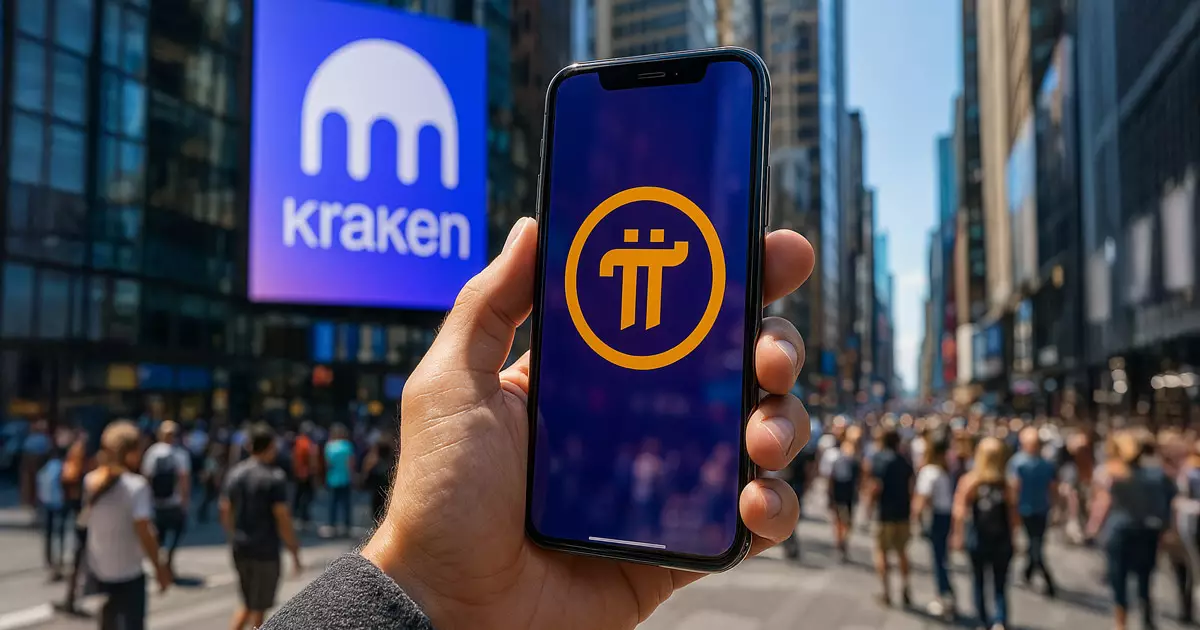The cryptocurrency landscape is rife with developments that either uplift or unsettle market players, and the recent advent of perpetual futures for Pi Network’s token (PI) on Kraken exemplifies this volatility. On May 23, Kraken announced the ability for traders to engage with PI using leverage of up to 20x. However, the excitement was short-lived; it became glaringly evident that the launch did not generate the anticipated bullish momentum. Instead, PI’s price suffered a notable 5.33% decline, settling at $0.77 shortly after the announcement. This stark reality prompts investors to question whether the perpetual contracts are a blessing or a curse for the PI token.
The Mechanics of Perpetual Futures
Perpetual futures come with their unique intricacies, diverging significantly from standard contracts by lacking an expiration date. This offers traders the enticing option of retaining their positions indefinitely, but it doesn’t come without caveats. The requirement for ongoing funding rate payments raises the stakes, and the potential for severe market fluctuations intensifies as traders act on sentiment rather than underlying value. When leveraged positions collide with unpredictable price movements, the outcome may lead to a cacophony of liquidations—rendering the market a tumultuous arena. For PI investors, this could mean a rollercoaster ride with significant risk.
Institutional Interest or Fleeting Fun?
While it’s tantalizing to view the derivatives listing as a marker of institutional interest, one must critically assess the health of the underlying project. PI has yet to secure high-profile listings on platforms like Coinbase or Binance, which casts doubt on its legitimacy and broader adoption. The excitement surrounding the Kraken listing should not distract from deeper concerns: Approximately 60% of PI tokens remain tightly controlled by the core team, raising alarming questions about decentralization. This concentration of power could deter investors who champion a truly decentralized ecosystem, complicating PI’s market position even further.
Geopolitical Complications
The primary risk doesn’t solely reside in market mechanics but extends into the geopolitical realm as well. A heavy concentration of validator nodes in Vietnam, a country currently tightening its regulatory grip on cryptocurrencies, places additional constraints on Pi Network’s operational viability. The potential for stringent rules lurking on the horizon creates an unsettling backdrop for investors. As global scrutiny on crypto projects intensifies, PI could find its ambitious decentralization goals further hampered by regulatory headwinds.
Volatility: A Double-Edged Sword
With the introduction of leveraged trading, it’s essential to recognize that the increasing liquidity may enhance opportunities for profit but also invites greater instability. As bearish sentiment permeates the market, the risk of short sellers exacerbating downside pressure looms large. It is imperative for traders to tread carefully; the path ahead may not just be fraught with uncertainty but may prove to be perilous for the uninformed or ill-prepared. The dynamics introduced by perpetual futures could accelerate price swings, creating a treacherous environment for those involved in PI trading.
While the Kraken listing may suggest a forward leap for Pi Network, a critical view reveals numerous clouds on the horizon. The combination of an uncertain market, geopolitical challenges, and concentrated token distribution presents formidable obstacles that investors must acknowledge, even as they navigate this wild frontier of cryptocurrency trading. Investing in PI—as with any other crypto asset—requires a careful balance of optimism and caution.


Leave a Reply